Many people are surprised to learn that—by the time they are 3 years of age—most pets have dental disease, which can lead to significant pain, tooth loss, and serious widespread health problems. The doggy breath that stinks up a room is not normal, in fact this odor likely indicates that your pet is in need of a professional dental cleaning. Learn how to keep your pet’s mouth healthy by reading our Juanita Hills Animal Hospital team’s answers to your questions about your furry pal’s oral health and dental treatment options.
Question: What is pet dental disease?
Answer: Pets’ dental disease (i.e., periodontal disease) is the process by which bacteria, plaque, and tartar build up on the teeth and below the gumline. The bacteria and resulting immune response cause inflammation that eats away at a tooth’s roots, gums, attachments, and jawbones—resulting in significant pain and discomfort. Advanced dental disease can lead to tooth loss and may also result in bacteria entering the bloodstream, permanently damaging your pet’s heart, lungs, or kidneys.
Q: How do I know if my pet has dental disease?
A: Imagine if you had a toothache all the time—you probably wouldn’t be able to function for more than a few days before breaking down the dentist’s door. In addition, you would likely be irritable. Some pets with dental disease become noticeably less active, grouchy, or eat less, but many others go about their normal business despite their pain. Pets’ dental disease signs may include:
- Bad breath
- Yellow or brown buildup on teeth
- Red, swollen, or bleeding gums
- Drooling
- Facial swelling
- Pawing at the face
- Tooth or jaw chattering in cats
- Changes in eating, chewing, or playing habits
Q: What is a professional dental cleaning for pets?
A: A professional veterinary dental cleaning treats existing dental disease and prevents disease progression. During the cleaning, our Juanita Hills Animal Hospital team will scale and polish your pet’s teeth, clean below the gumline where most disease occurs, take X-rays and fully examine each tooth and all oral structures, and remove diseased teeth, which are a pain and infection source. Because the procedure would cause your pet too much stress and discomfort if they were awake, your veterinarian performs their thorough dental evaluation, cleaning, and treatment only while your furry pal is under general anesthesia.
Q: When are professional dental cleanings for pets indicated?
A: Most pets need a dental cleaning by the time they are 2 or 3 years of age. Treatment should ideally begin in the early disease stages, when little to no buildup is visible on teeth, and gums are still healthy. While dental disease is in its earliest stages, most pets do not have significant pathology. However, dental disease starts in the invisible area below the gumline, and X-rays often show hidden problems that our team can treat immediately. Your pet should visit the veterinarian at least once per year for a full wellness examination and oral health check, during which your veterinarian can advise you if your pet should have a dental cleaning.
Q: How often will my pet need professional dental cleanings?
A: Veterinarians recommend that most pets should receive a professional dental cleaning once per year to proactively maintain good health and prevent advanced disease progression, which can occur if your pet goes too long between cleanings.
Q: Are professional dental cleanings safe for pets?
A: Pet anesthesia is extremely safe, and severe complications are rare. Unless your pet has a medical condition limiting their anesthetic safety, yearly dental cleanings are highly recommended. Our Juanita Hills Animal Hospital team members always check your pet’s blood work results before administering anesthesia to your furry pal. This diagnostic test ensures your pet’s organs are optimally functioning and detect metabolic or other problems that might change our anesthetic plan. For your pet’s maximum safety, we always ensure a dedicated, trained staff member oversees your pet’s anesthesia and recovery.
Q: What other treatment options are available for dental disease in pets?
A: Although some pet groomers advertise anesthesia-free pet dentistry, such a service does not actually treat your pet’s dental disease. Without anesthesia, these providers hold your pet down, scale their teeth with sharp instruments, and only remove tartar above the gumline. Because most dental problems occur below the gumline, this service does not address the real issue, and may result in your pet having an extremely stressful experience. By having our veterinary team perform your pet’s professional dental cleaning, you ensure they receive the only service that fully—and safely—addresses their oral health.
Q: How can I reduce the frequency of my pet’s professional dental cleanings?
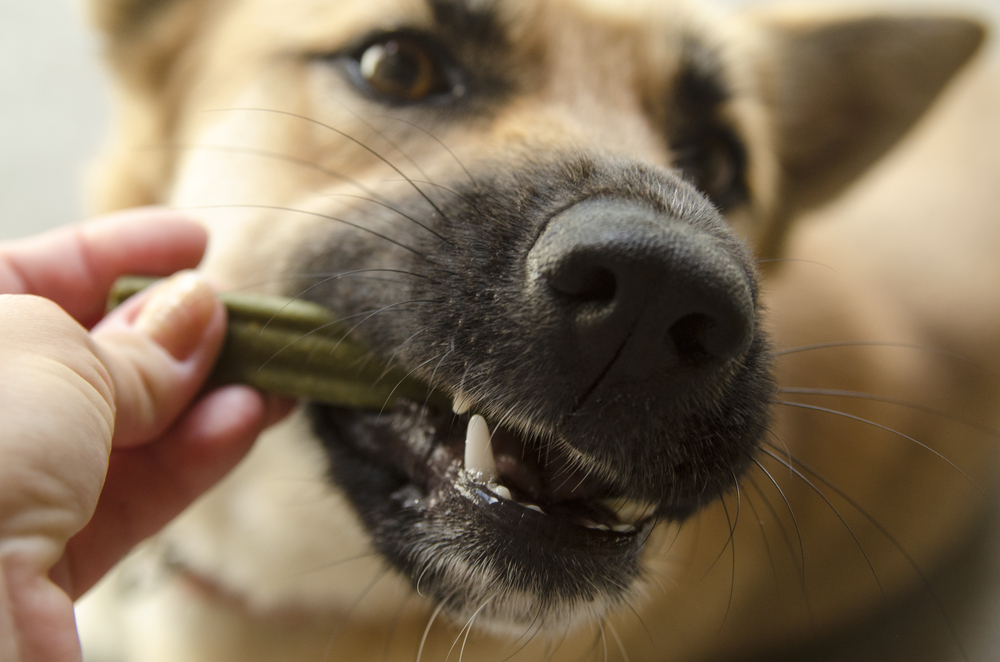
A: Starting and maintaining your pet’s consistent home-care routine is the best way to extend the time between professional dental cleanings. After your veterinarian demonstrates how to brush your pet’s teeth and acclimate them to the process, initiate this daily routine. In addition, ask our veterinary team to recommend other pet-safe dental products such as chews or wipes.
Regular professional dental cleanings are the safest and most effective method to maintain your pet’s oral health, along with regular toothbrushing at home. Schedule your pet’s dental consultation or professional cleaning with our Juanita Hills Animal Hospital team.

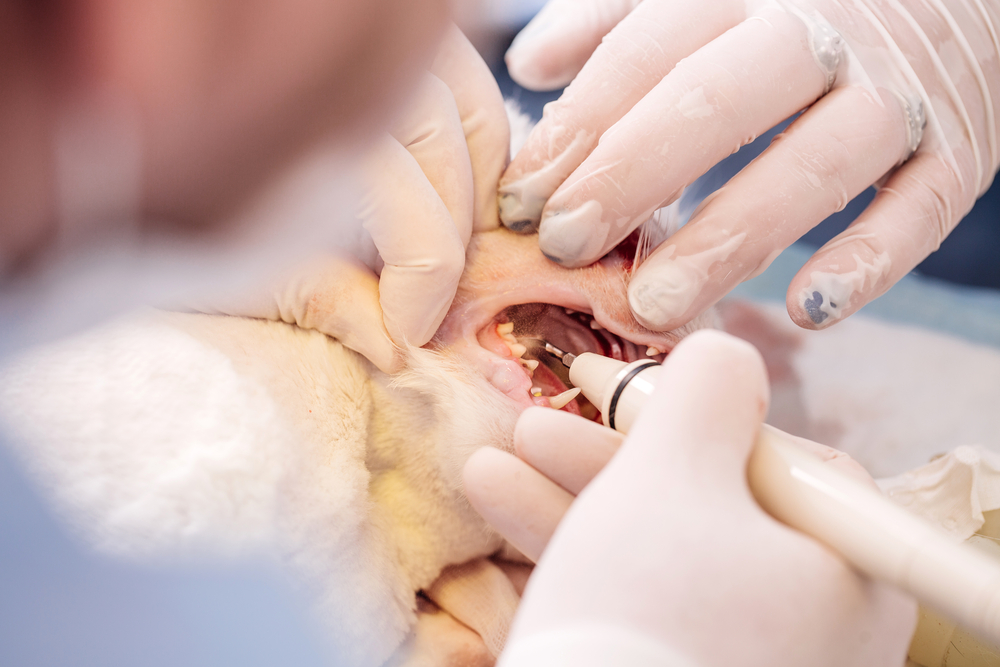
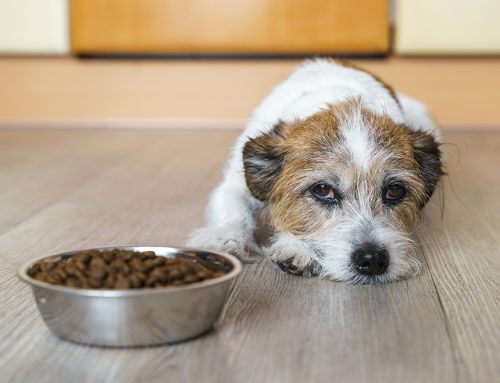
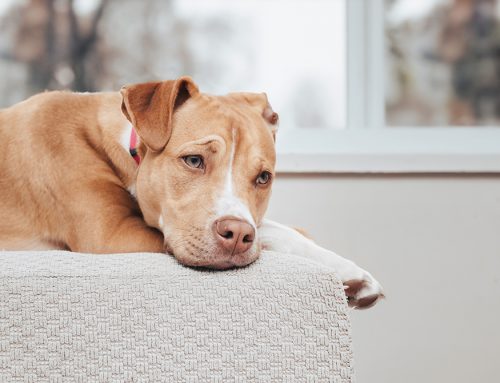
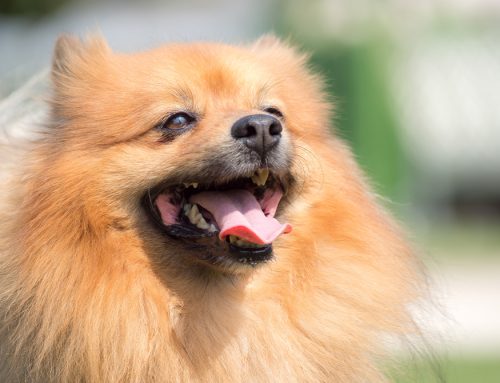














Leave A Comment